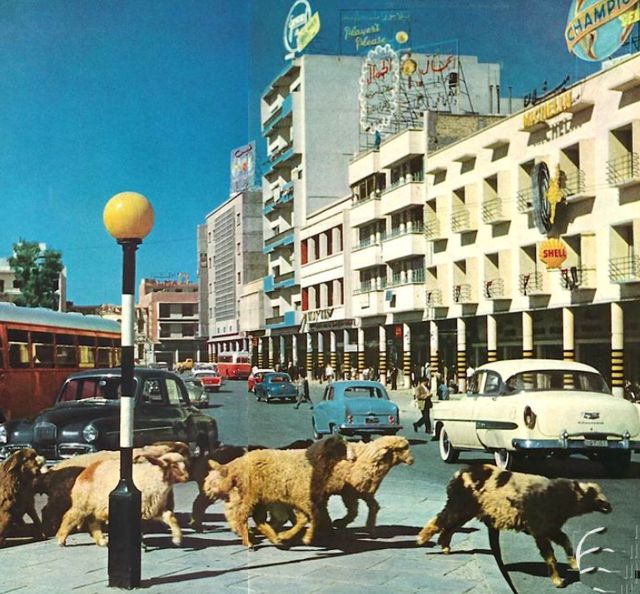For the great majority of the city’s life, a fluctuating number of these bridges, consisting of skiffs roped together and fastened to each bank, were one of the most picturesque signatures of Baghdad; no more permanent structure would be seen until the British arrived in the 20th century and laid an iron bridge across the Tigris. A gatehouse rose above each of the four outer gates. Those above the entrances in the higher main wall offered commanding views over the city and the many miles of lush palm groves and emerald fields that fringed the waters of the Tigris.
The large audience chamber at the top of the gatehouse above the Khorasan Gate was a particular favourite of Mansur as an afternoon retreat from the stultifying heat.After the 1958 revolution that ended the monarchy, Iraq experienced a period of intense political turbulence, marked by coups, assassinations, and ideological struggles. Multiple factions competed for power, including nationalist, socialist, and communist groups, as well as Ba’athists — the party that would eventually bring Saddam Hussein to prominence.


